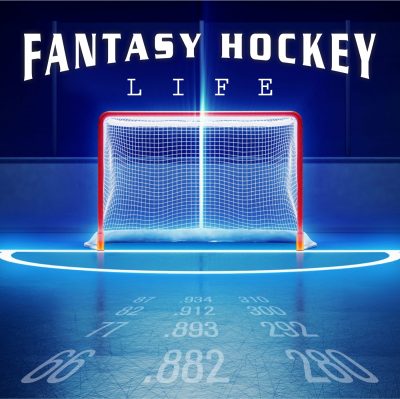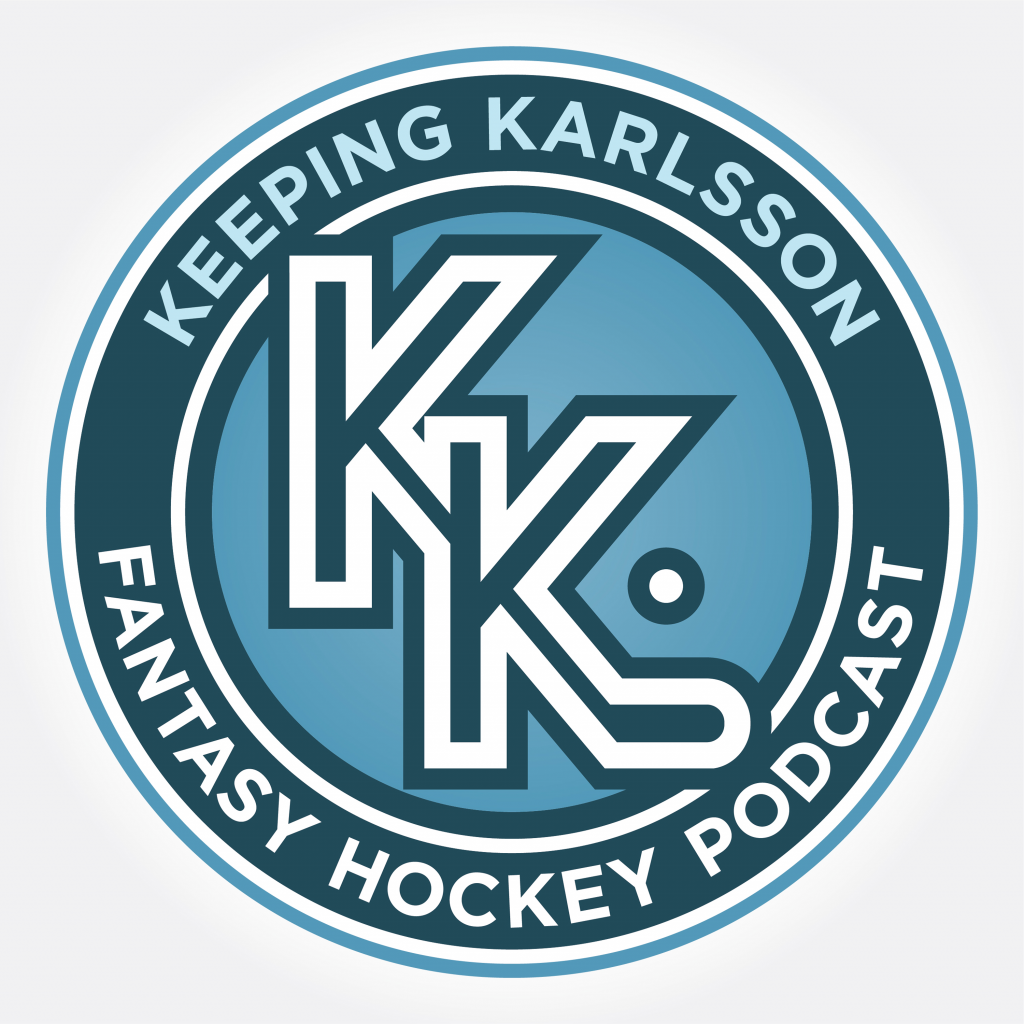The NHL's evolving landscape creates more opportunities for rising stars, especially with the signing of Entry-Level Contracts (ELCs), signaling teams' commitment to future talent. For fantasy managers, these signings offer more than just headlines: they reveal team direction and player potential. Whether joining a playoff contender or a rebuilding squad with increased ice time, these prospects are set to impact their teams and fantasy leagues.
In this piece I will review their short- and long-term opportunities, focusing on team structure, ELC timing, and contract details (shout out to Puckpedia). By looking at potential deployment and roster outlook, we can gain insight into how these players fit and their fantasy potential. This week, all three players happen to be from the same team—an unusual but noteworthy coincidence.
Enjoy!
Artyom Levshunov – Chicago Blackhawks
NHL Games Played: 18 | Points: 6A | ATOI: 20:19
The Blackhawks wasted no time fast-tracking Artyom Levshunov, signing him out of Michigan State last summer. After 52 games with the IceHogs, he got an 18-game look with the Blackhawks down the stretch and looked like he belonged, handling the pace and pressure with confidence.
Levshunov's NHL-ready size stands out, but it is his poise and fluid mobility that really elevate his game. At this point the blue line is in flux. Seth Jones was moved to clear cap space and create opportunity, and the right side is now wide open. Levshunov might not jump into top-pair duties immediately to start the season, but the pathway is possbile. There is likely a veteran addition coming, someone who can stabilize things while giving Levshunov space to grow. Maybe Matt Grzelcyk, Ivan Provorov, Aaron Ekblad or Brent Burns, all of which are free agents this summer. Chicago could also potentially move some assets in a trade.
If Levshunov enters camp looking like he did during his late-season audition, a second-pair role with power play reps is well within reach. Expect his average TOI to hover around what he was getting this season, with room to grow as he gains trust in more situations.
One angle to keep an eye on is how Chicago deploys its young defense core on the power play. Most of their top prospects, including Kevin Korchinski and Alex Vlasic, shoot left. Levshunov's right-handed shot and sturdy frame give him a real edge, especially over Sam Rinzel, who is still developing. If Levshunov earns PP1 duties within the next year or two, it could align perfectly with Bedard's rise and the Hawks’ cap-friendly window.
From a fantasy standpoint, dynasty managers should already be holding shares. Levshunov projects as a multi-category asset in hits, blocks, minutes and could flirt with 40–45 points as early as next season in the right role. The real ceiling, though, kicks in if he grabs top power-play usage. A 50+ point upside is not out of reach. His physical maturity and defensive polish already draw comparisons to Moritz Seider, and he might actually be ahead of Seider developmentally at the same stage. Bottom line: the Blackhawks have made their move. Levshunov is here, and the runway is clear.
Oliver Moore – Chicago Blackhawks
NHL Games Played: 9 | Points: 0 | ATOI: 13:35
Oliver Moore might not generate the same buzz as Connor Bedard or Levshunov, but make no mistake, he is a major pillar in Chicago's rebuild. He did not get a mid-season look like Frank Nazar, but signing his ELC early signals the team's belief he's ready to turn pro. Skipping another year in college shows confidence in his development and a clear intent to get him started on the next phase right away.
The nine games he played at the NHL level were light on points, but they served a bigger purpose. By starting the clock on his ELC now, Chicago is staggering its top contracts against each other—Moore, Levshunov, Rinzel on year following Bedard, Korshinski and Nazar. It gives Kyle Davidson flexibility as he maps out a competitive roster window around Bedard, and Moore’s early jump fits the timeline.
As for his role, Moore's versatility is both a strength and a work-in-progress. He has played center and wing across different levels, and that is likely how he will break in with the Hawks, a middle-six winger with PK reps and the ability to slide into center as needed. That mirrors what we saw from Nazar late in the season, and with Bedard locked into the 1C role and Nazar potentially fitting as a 2C or hybrid, Moore becomes the guy who can move around the lineup and drive pace.
The centre position is one that which takes time to get used to. Just ask players like Quinton Byfield, Leo Carlsson, and Mason McTavish; the latter two on a rebuilding team similar to Chicago. From a comparison perspective, think of a Dylan Larkin-lite profile in the early stages for Moore: speed, structure, with potential of two-way reliability. Chicago's system rewards responsibility, so if he does not produce early, expect him to earn minutes based on effort and situational awareness.
From a salary cap lens, there is space for more forward help. Pat Maroon's retirement, Andreas Athanasiou's uncertain future, and expiring deals like Donato (who may or may not re-sign) open up spots and Davidson has already made it clear again the plan is to surround Bedard with legit NHL talent. Add in the retained salaries of Jake McCabe and Mikko Rantanen coming off the books, and there is room to make a splash.
While that all sounds exciting Moore's deployment depends heavily on what the Blackhawks do this coming off-season. He may see some reps in the AHL before getting a permanent look with the Blackhawks. Regardless, Moore should be stashed in deeper dynasty leagues, he will not light up the league right away, but the long-term top-six upside is real with sneaky multi-cat value.
Sam Rinzel – Chicago Blackhawks
NHL Games Played: 9 | Points: 5A | ATOI: 23:22
Sam Rinzel's development has been steady, calculated, and fully aligned with Chicago's long-term approach to reshaping their blue line. There is no red flag here – just a measured path through the USHL and two seasons with the University of Minnesota, where he played within a defensively structured system that focused on discipline, positioning, and smart puck movement. It is exactly what Rinzel needed to round out his game. The organization clearly sees an opening on the right side of its defensive depth chart. While Levshunov and Korchinski might grab most of the headlines, Rinzel quietly addresses a key need: a right-shot defender with size, smooth, mobility, and offensive instincts.
Much like Levshunov and Moore, Chicago's move to burn the first year of his ELC sends a strong message. Many expected him to return for a third NCAA season, but instead, the team has prioritized time with the Blacckhawks and pro reps in Rockford. This suggests they want to get a closer look at how he adjusts to the pro-level pace while building chemistry with a growing pool of young defensemen. With only Levshunov and Connor Murphy ahead of him on the right side, there is a realistic path toward serious NHL minutes next season and sooner than you may expect.
In any dynasty format with farm systems or multi-cat scoring, he should be firmly on the watchlist if not already rostered. His upside lies in becoming a reliable second-pair defenseman who can contribute across multiple stat categories. A 30-to-35 point ceiling is within reach next season, particularly if he secures PP2 deployment and continues to add layers to his offensive game. The comparison here is more of a Brock Faber or Colton Parayko-lite—steady, smart, and efficient, with the potential to rise depending on how the minutes and special teams' usage shake out.
If Rinzel earns the trust of the coaching staff early in his pro career a PP1 opportunity is definitely not out of the question. His value in many fantasy formats will only continue to climb.
Thanks for reading! See you next week. For more content/fantasy hockey analysis, or if there’s a prospect, you’d like me to cover, follow and message me on X @Punters_hockey.


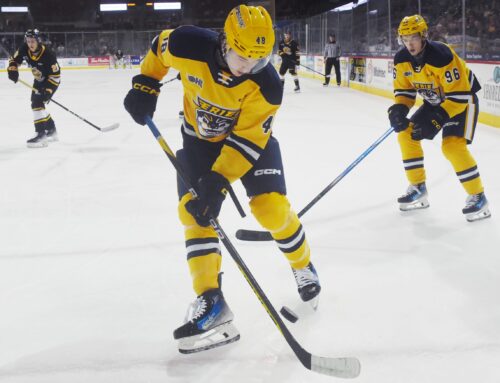
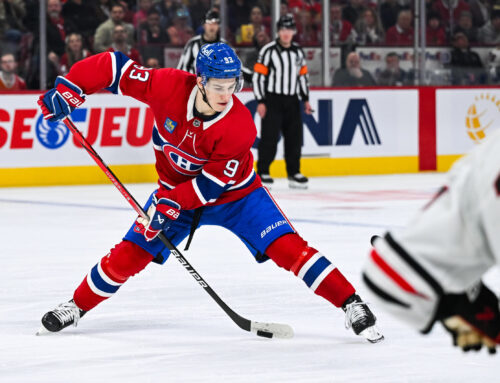
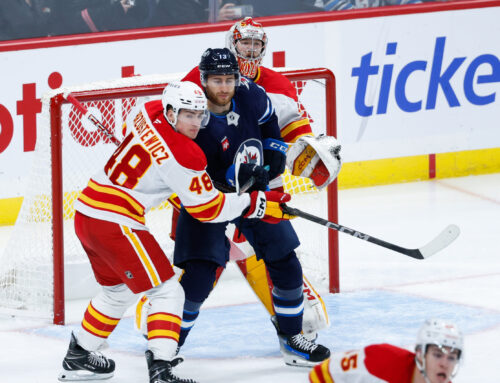
 BUF
BUF NYR
NYR CHI
CHI WSH
WSH CBJ
CBJ S.J
S.J VAN
VAN PIT
PIT WPG
WPG